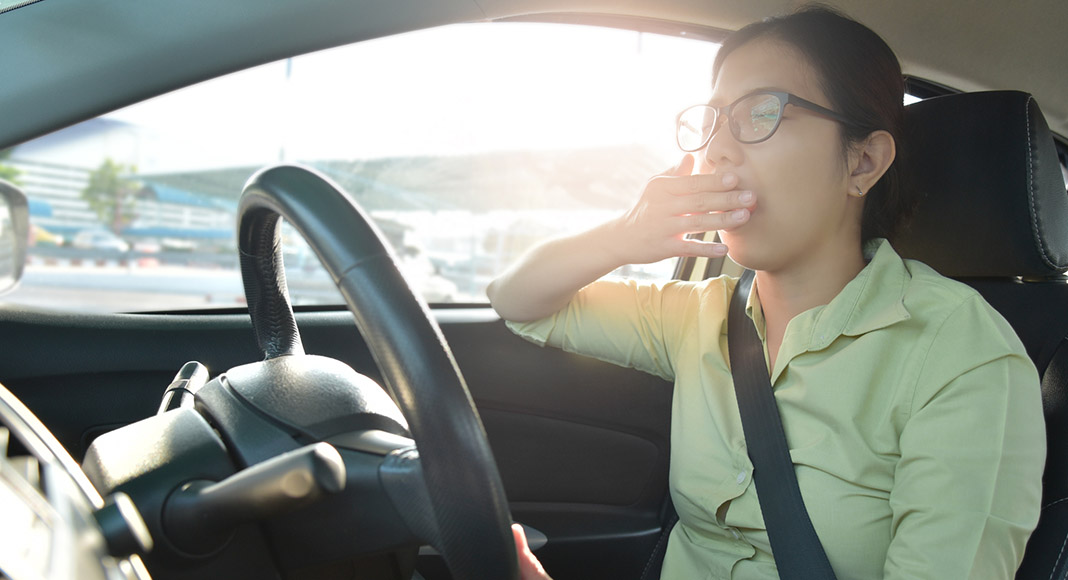A fatigue trial using pupil scanning technology has found that drivers with only three hours’ sleep are ten times more likely to be involved in a crash.
The Australian-first technology trial to detect drowsy drivers was conducted by the Victorian Government in Australia.
Participants were kept awake for up to 32 hours before driving for two hours on a controlled track while supervised by a qualified instructor in a dual controlled vehicle. Participants also undertook three additional drive tests – with three hours’ sleep and five hours’ sleep in a 24-hour period, and again when they were well-rested after eight hours’ sleep.
Drivers were tested before and after their drive with technology that measures involuntary movement of their pupils, which has shown strong links with increased levels of sleep deprivation. Other data collected included brain electrical activity, lane deviations, speed variations and changes in reaction time.
“Victoria leads the nation in road safety initiatives – random breath testing and roadside drug driving tests started here and this Australian-first fatigue trial continues our work in tackling road trauma,” said Minister for Roads and Road Safety, Ben Carroll. “Truly innovative, ground-breaking technology targeting the issues we know contribute to deaths and serious injuries on our roads is vital as we work to make sure everyone gets home to their families safely.”
Road Safety Victoria led the study in partnership with the Transport Accident Commission, working closely with Monash University, Victoria Police and the Cooperative Research Consortium for Alertness.
“The risk of a crash increases significantly with increasing time awake,” said Associate Professor Clare Anderson, Turner Institute for Brain and Mental Health at Monash University. “This trial has demonstrated that it is possible to reliably detect excessively fatigued drivers in a roadside context.”
Current figures show fatigued drivers are involved in up to 20 percent of crashes and 11 percent of fatalities on Victorian roads.



















